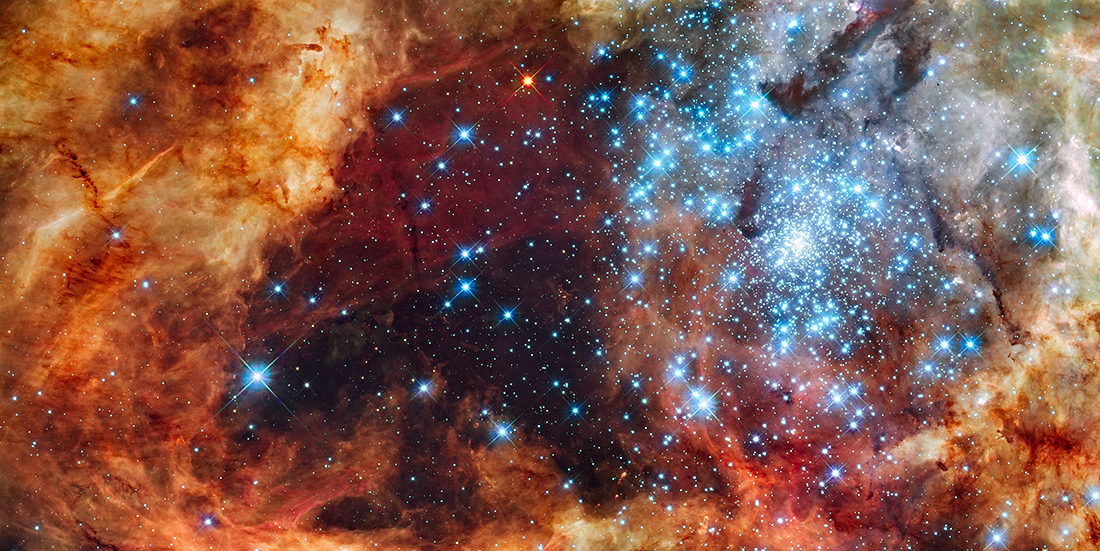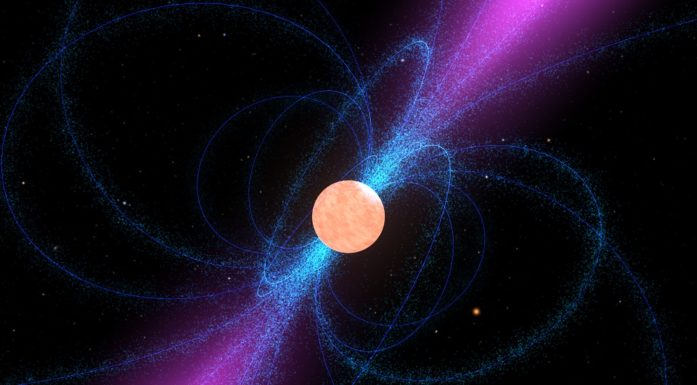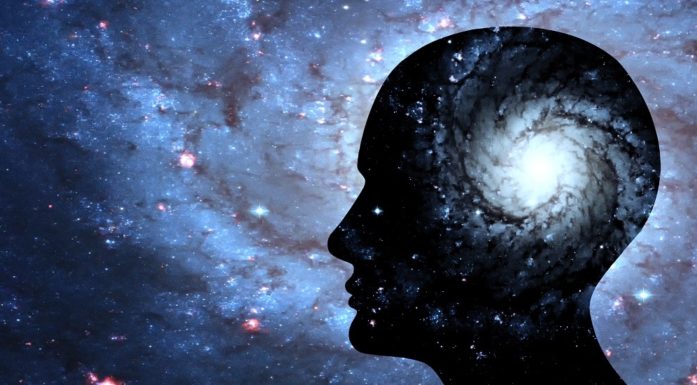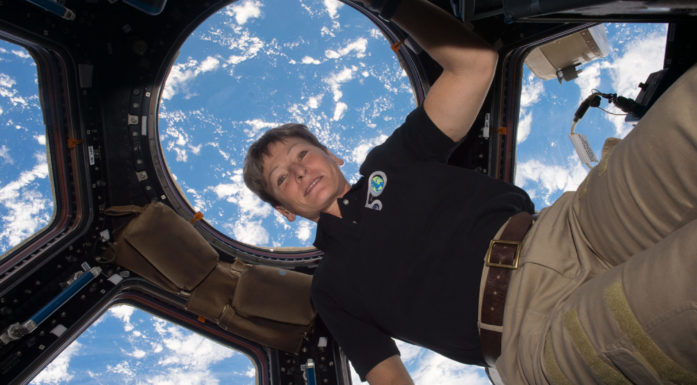Astrophysics a field for great discoveries
As a child, Professor Myrheim wondered what the far side of the Moon looked like. Trondheim’s Starmus festival will welcome a trio who has actually been on the moon, and the astrophysicist is excited to hear their lecture. “Perhaps it’s the magic of childhood that lingers on,” he says.
When Edwin “Buzz” Aldrin followed Neil Armstrong down the lunar module ladder and out onto the surface of the Moon on a July day in 1969, graduate student Jan Myrheim was in Geneva. He was a young physicist at the University of Oslo, who worked at CERN and didn’t yet know that astrophysics would become part of his academic career. But he was following events with great anticipation – as was the rest of the world on the 21st of July (European time).
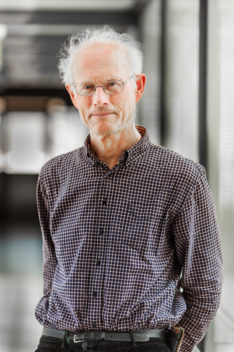
“Some of the biggest scientific discoveries of our time will come from astrophysics,” says Jan Myrheim, a professor of astrophysics at NTNU. Photo: Julie Gloppe Solem
“I remember watching TV – with a French speaker who was standing by and simultaneously translating everything that was said,” says the NTNU professor and laughs at the memory. It was a big deal. The moon was a concrete thing that everyone could look up at and think about, but about which little was known. Now, humanity was about to land there, and the whole world held its breath in curiosity and excitement.
Because the moon has a captured rotation, the same side of the moon always faces the Earth, and the other side can’t be observed from the ground. The far side of the moon thus became the symbol of everything that was completely unknown.
“I remember my friends and me wondering what the backside of the Moon looked like. When I was a child, some people claimed the Moon might not even have a backside at all,” Myrheim says, chuckling. A Soviet probe took the very first pictures of the Moon in 1959. Only in 1968 could people observe it directly for the first time from Apollo 8, the second of twelve manned American space missions.
Not stargazers
Today, the students who take Myrheim’s basic course in astrophysics at NTNU have a different foundation from what he himself had as a young student – for better or for worse. According to the professor, the days of students wondering about the starry sky and what they can see out there are over. He thinks they don’t seem to make connections between the reality they can see and what they’re learning about.
The Starmus Science Festival
- NTNU is hosting the world's most ambitious science festival – Starmus.
- The festival combines music, community engagement and science.
- The festival will feature: 11 Nobel Laureates, 10 astronauts, for a total of 47 science stars.
- Stephen Hawking, the world-renowned cosmologist, will give a presentation.
- Jeffrey Sachs, one of the world's most important and well known economists, will talk about how we can survive Trump, climate change and global crises.
- One of the most cited living sociologists, Anthony Giddens, will talk about "The digital revolution and the future of world society".
- Three moonwalkers will share their experiences from their historic Moon landing and talk about humankind's future in space.
- Director Oliver Stone (Natural Born Killers and Platoon) and talk show host Larry King will participate.
- Steve Vai, Nuno Bettencourt, Ane Brun, David Zambuka, Grace Potter, Devin Townsend, the Trondheim Soloists and the Trondheim Symphony Orchestra are among the performers.
“I don’t think many of my students have actually been out at night and seen the Milky Way,” says Myrheim.
On the other hand, they have access to knowledge and data from satellites, probes and spacecraft that Myrheim’s generation couldn’t even dream of.
When he retires next year, a long research career will come to an end. In 1977, Myrheim and fellow student Jon Magne Leinaas predicted the existence of the quasiparticle anyon, which he believes is one of the most concrete research results of his career.
“We didn’t quite believe what was in the textbook,” he says drily. Nobel Prize winner Frank Wilczek discovered the quasiparticle a few years later and called this new particle type an anyon.
- You might also like: Black holes and other star remnants
A lot left to discover
Myrheim has worked at NTNU and its predecessor NTH since writing his doctoral dissertation in 1994. He has been an important player in Norway’s small astrophysics community. Interest in basic astrophysics courses has been high in 2017, and Myrheim thinks it is especially valuable for students to learn about applications for all aspects of physics – electromagnetism, quantum physics, gravity and statistical physics. He would like to see NTNU dedicate even more resources to the field.
The really great discoveries being made nowadays are in astrophysics, he says, pointing out that cosmological calculations show that 95 per cent of space consists of matter that we essentially know nothing about.
“This is a whole new field of basic research. And as always with basic research, nobody can know for sure what will pop up. The nature of basic research is that it doesn’t lead to commercially interesting results at first – which often makes financing challenging,” he says.
Myrheim is hopeful that NTNU will nevertheless be willing to commit to the field in the future. “Maybe astrophysics research projects will need to be based on truly innovative initiatives. Some folks advocate that we should start mining asteroids to fund astrophysics research,” Myrheim says. Starmus speaker Sara Seager is one of them.
- You might also like: Will send a giant sunflower into space
Biggest discovery of the century?
Each time something new is discovered or a prediction is confirmed, the mood in the astrophysics community rises. A year and a half ago the mood was over the moon. For the first time, gravitational waves were observed. Einstein had predicted their existence in his theory of relativity.
A gravitational wave, according to the theory of general relativity, is energy that propagates outward from a source at the speed of light in a wave-like manner. The gravitational waves observed by researchers in 2015 originated in a collision between two black holes, which occurred 1.3 billion years before the waves were detected by two gravitational-wave observatories in the states of Louisiana and Washington.
American researchers have converted the waves into sound, calling it the soundtrack to the universe. “Einstein apparently said that he didn’t think this would be possible,” Myrheim said. Even Einstein couldn’t imagine to what degree astronomical instruments and manoeuvrability would develop over the next 100 years. Myrheim believes the gravitational waves are this century’s biggest discovery in the field – unless something completely new and unexpected turns up. And that may happen, in a field where major discoveries are still waiting to be made.
